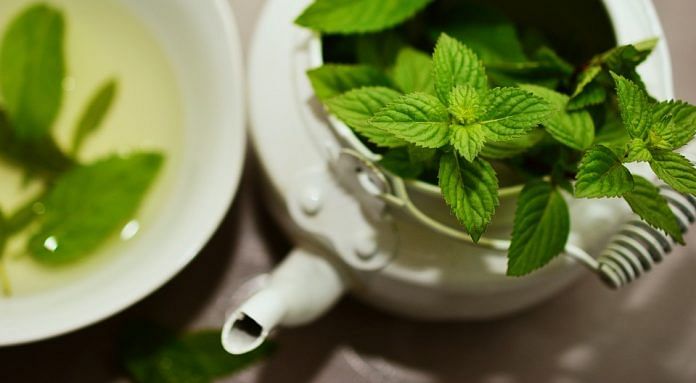India’s doctor to population ratio will be 1:902, better than WHO’s standard 1:1000, if the 7.63 lakh AUH doctors are included.
New Delhi: The doctor to population ratio in India would be better than the World Health Organisation’s prescribed standard if the 7.63 lakh Ayurveda, Unani and Homeopathy (AUH) doctors are considered together with allopathic doctors, Minister of State for Health and Family Welfare Ashwini Kumar Chaubey informed the Parliament last week in a written reply.
Chaubey said as there are 10,78,732 lakh allopathic doctors registered with the Medical Council of India (MCI) on 31 March and assuming that 80 per cent are available for active service, the doctor to population ratio stands at 1:1,541. However, if AUH doctors are also included, then the ratio would stand at 1:902, better than WHO’s standard of 1:1000.
According to Section 15 of the Indian Medical Council Act, 1956, only those medical practitioners who are enrolled under State Medical Register can practice. Since AYUSH practitioners don’t possess an MBBS degree, they cannot be registered as doctors.
Also read: As Modicare launch nears, Modi tells team to be ready to counter negative news coverage
The minister further highlighted that only 1,14,969 allopathic doctors are serving in the government across the country, which brings the average population served by government doctors to 11,082.
Chaubey was responding to a question by Lok Sabha MPs Kumari Sushmita Dev, Jyotiraditya Scindia and Suman Balka.
The minister’s remark suggesting the inclusion of AUH practitioners among doctors comes four months after the government struck down the ‘bridge course’ provision from the National Medical Commission Bill, 2017 — currently pending in the Lok Sabha.
The proposed provision would have allowed Ayurveda, Yoga and Naturopathy, Unani, Siddha and Homoeopathy (AYUSH) practitioners to practice and prescribe allopathic medicine after taking a short-term ‘bridge course’. The now-scrapped move had led to widespread protests by doctors, some even resorting to hunger strikes.
Also read: South Delhi herbal clinic ‘cures’ couple it declared HIV positive, is fined by consumer court
Dr. Puneeta Mahajan, consultant (obstetrician and gynecologist) at Dr Baba Saheb Ambedkar Hospital in New Delhi, said Ayurveda is a totally different branch. “The category of patients AYUSH practitioners receive is completely different from what usual doctors get,” Dr. Mahajan said.
“As an add-on to improve the numbers, it [Ayurveda practitioners] is okay. But we still need quality doctors in government hospitals.”
The data shared by Chaubey also enumerated the state wise numbers of registered doctors under MCI. It revealed that Delhi has close to 17,000 doctors to serve a population of close to two crore while Uttar Pradesh has about 73,000 doctors for over 20 crore citizens.
The minister in his reply also highlighted the steps taken by the government to increase the availability of doctors in the country. He cited the enhancement in maximum intake capacity at the MBBS level from 150 to 250, increase of age limit for teachers from 65 to 70 and revision of teacher-student ratio in MD/MS disciplines to 1:2 from 1:1, among others.







Bridge course is good Idea.Peoples r accepting it.I don’t think it will make any difference to MBBS doctors while practice.after all patients know everything they r going with their choice.